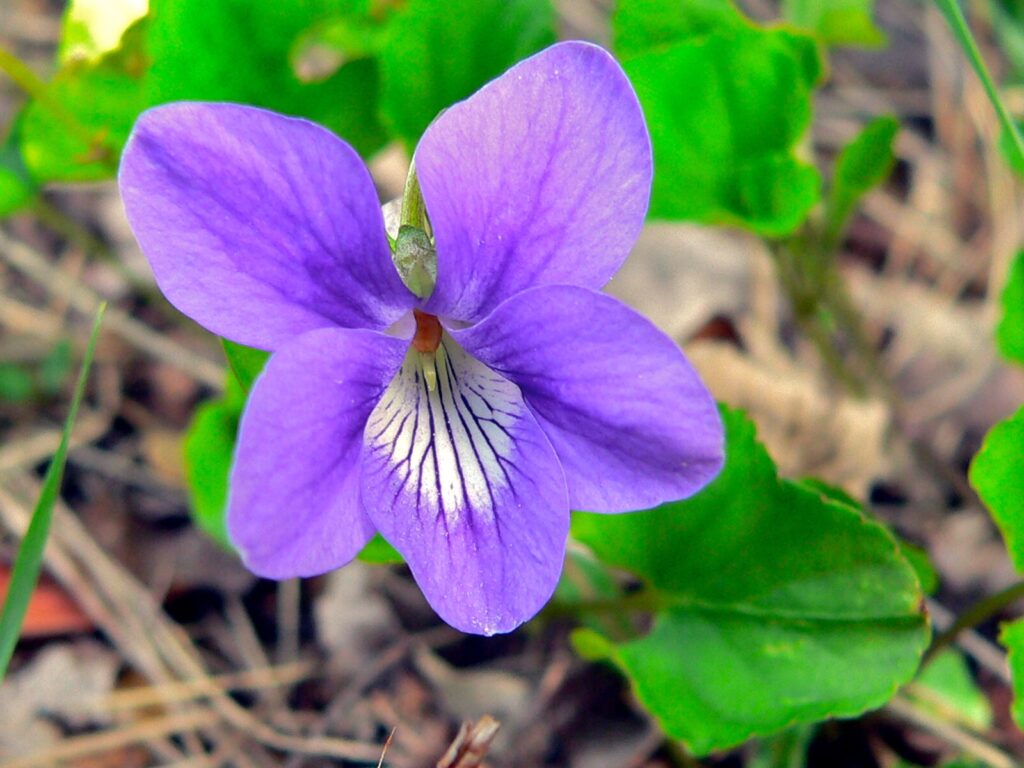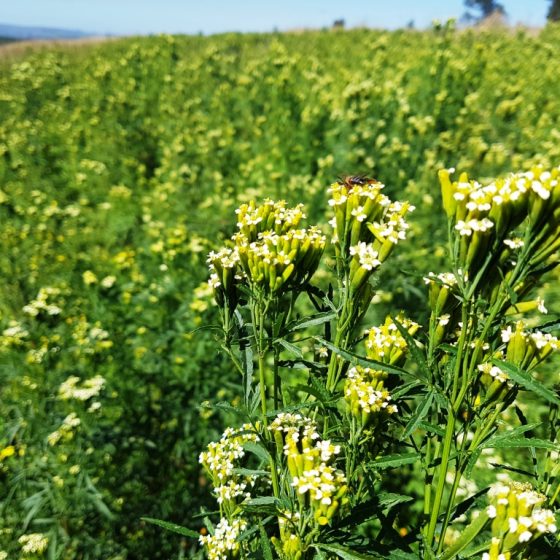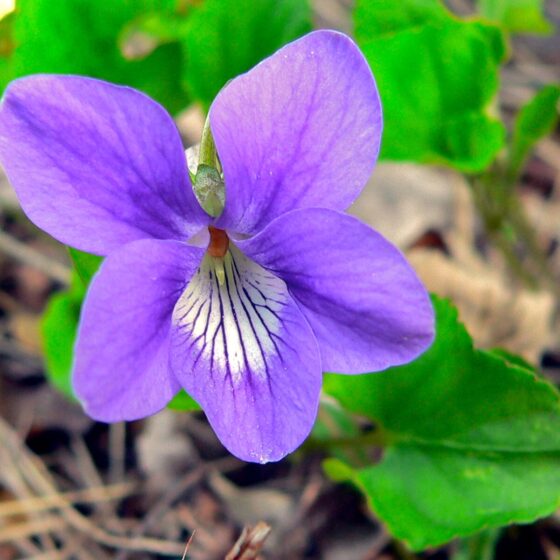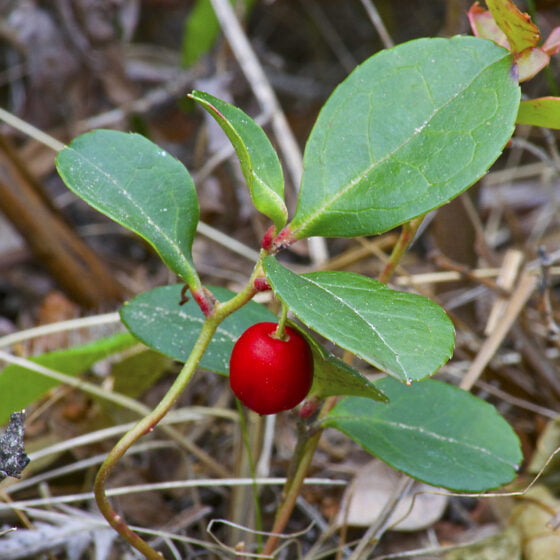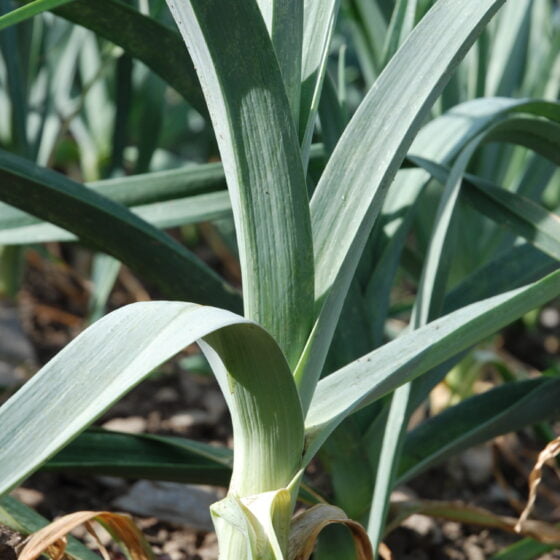
Violet leaves Egypt
Viola odorata
General data
Harvest Calendar
- J
- F
- M
- A
- M
- J
- J
- A
- S
- O
- N
- D
Product details Fragrance side
Perfect green note, alongside galbanum, Violet Leaf Absolute can be found in “moss” compositions. It is also used on certain leather chords to give them a natural facet.
About
The violet, a shy little plant, has dark-green foliage forming a rosette and hiding the fragile buds of future flowers. They open discreetly, revealing a lovely purple color. Violet flower extract was once a popular product in perfumery. However, given the low yields, synthetic materials such as ionone gradually came to be preferred. On the other hand, the absolute extracted from violet leaves was found to have a genuine perfume-making value as natural green note. Violet leaf is harvested from December to May and delivered the same day to production units for extraction, resulting in violet leaf absolute, with an herbaceous, green, floral fragrance.
The etymology of the name “violet” is rooted in Greek mythology. The genus name Viola comes from the Greek Ion, meaning the priestess Io. Zeus was in love with the beautiful Io and turned her into a heifer to escape the wrath of his wife, Hera. He then asked the Earth to cover itself with violets to feed his mistress. This word, Io, would evolve into Ionone, which is a synthetic molecule that imitates the smell of violets and the root, Io, is found in the word “violet.” This species grows wild in its native Europe and is cultivated in Asia, North America, the Mediterranean region – particularly Egypt – and in France in the village of Tourettes-sur-Loup. Although production of violet extract began in the Grasse region in 1867, it is now in the shade of Egyptian date palms that cultivated fields of violets grow in abundance.
Fragrance side
Perfect green note, alongside galbanum, Violet Leaf Absolute can be found in “moss” compositions. It is also used on certain leather chords to give them a natural facet.
About
The violet, a shy little plant, has dark-green foliage forming a rosette and hiding the fragile buds of future flowers. They open discreetly, revealing a lovely purple color. Violet flower extract was once a popular product in perfumery. However, given the low yields, synthetic materials such as ionone gradually came to be preferred. On the other hand, the absolute extracted from violet leaves was found to have a genuine perfume-making value as natural green note. Violet leaf is harvested from December to May and delivered the same day to production units for extraction, resulting in violet leaf absolute, with an herbaceous, green, floral fragrance.
The etymology of the name “violet” is rooted in Greek mythology. The genus name Viola comes from the Greek Ion, meaning the priestess Io. Zeus was in love with the beautiful Io and turned her into a heifer to escape the wrath of his wife, Hera. He then asked the Earth to cover itself with violets to feed his mistress. This word, Io, would evolve into Ionone, which is a synthetic molecule that imitates the smell of violets and the root, Io, is found in the word “violet.” This species grows wild in its native Europe and is cultivated in Asia, North America, the Mediterranean region – particularly Egypt – and in France in the village of Tourettes-sur-Loup. Although production of violet extract began in the Grasse region in 1867, it is now in the shade of Egyptian date palms that cultivated fields of violets grow in abundance.
Other type of extracts
(Green)
